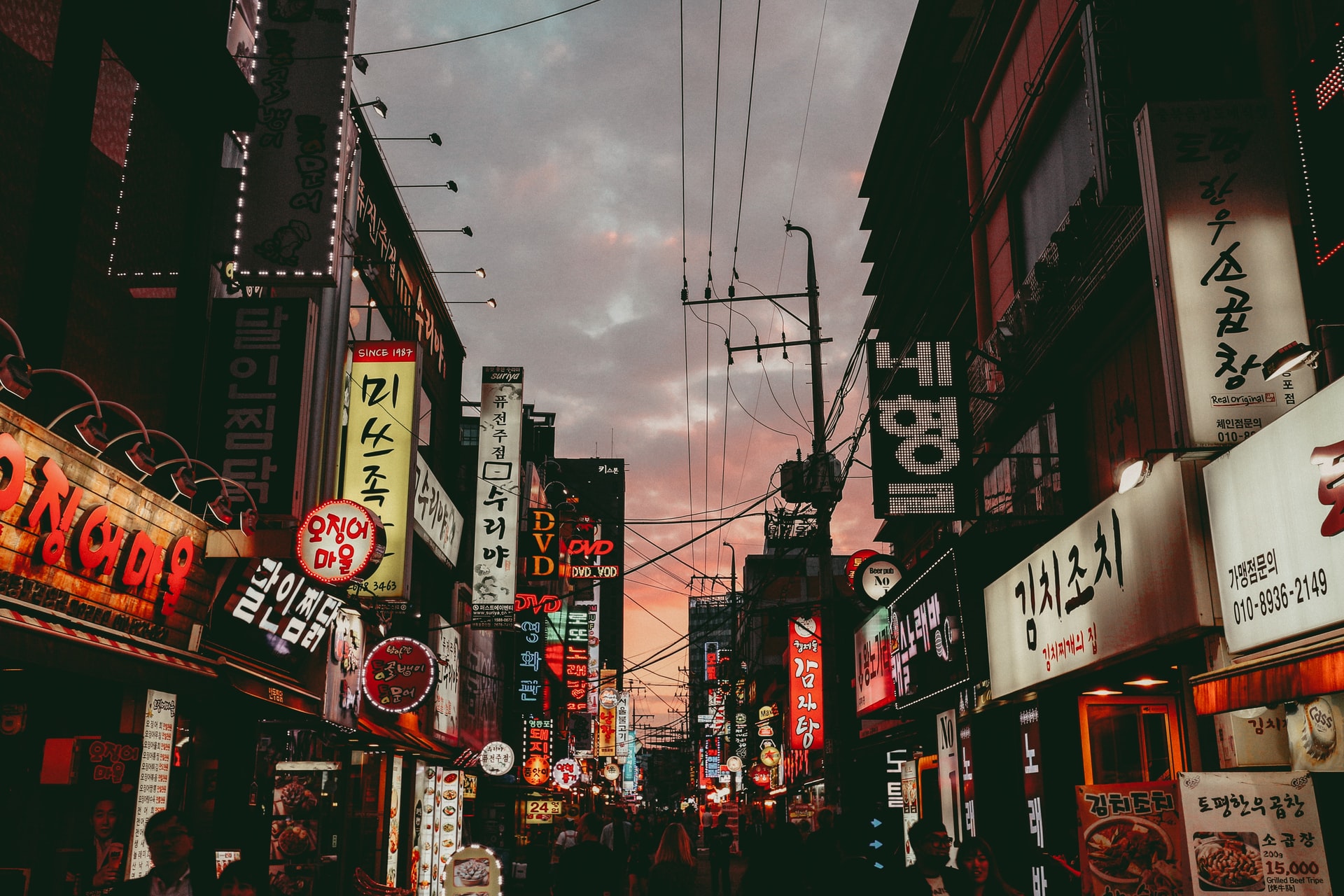The automotive industry has significantly contributed to South Korea’s rapid economic development since the 1970s. The worldwide boom of e-mobility in recent years is changing the industrial structure of Korea. The government is now trying to promote the ‘K-battery’ to boost the Korean economy. Can national support accelerate the transition to a green economy? What does it mean to the world’s fifth largest automotive producer? Yi hyun Kang has the story.

Is the “K-battery” the new economic booster for South Korea? – License: Public Domain, Photo by Sava Bobov
The automotive industry has significantly contributed to South Korea’s rapid economic development since the 1970s. The worldwide boom of e-mobility in recent years is changing the industrial structure of Korea. The government is now trying to promote the ‘K-battery’ to boost the Korean economy. Can national support accelerate the transition to a green economy? What does it mean to the world’s fifth largest automotive producer? Yi hyun Kang has the story.
Battery industry boom driven by external markets
The current driver of the e-mobility boom in Korea mostly comes from abroad, in particular the growing EU and US electric vehicle (EV) markets which are boosting Korean battery and chemical corporations. At present, companies such as Samsung SDI, LG Energy Solutions and SK Innovation are vying to become the most valuable battery brand of Korea. Korean companies recently struck partnership agreements with US automobile companies to build battery plants in the US (see news article 1, news article 2). The EV battery plants built in Hungary and Poland will be also expanded in the coming years.
The South Korean Ministry of Trade, Industry and Energy has expressed its full support for the battery companies . The ministry is preparing a ‘K-battery (Korean-battery) strategy’ to strengthen its global competitiveness. The ‘K-battery’ label, which emulates the internationally successful pigeonhole ‘K-Pop’, is hoped to boost the reputation of its products. As well as the new branding, the government’s strategy is expected to include research and development support and tax reduction. In addition, the Export-Import Bank of Korea provides a ‘Green Loan’ for battery manufacturing plants built abroad. This is part of an overall national bid to support Korean battery makers as they compete with the fast-growing Chinese battery industry.
The sluggish domestic market
There is no legally binding goal to reduce gasoline and diesel cars in Korea, and the growth of the e-mobility market has been relatively slow. Recently, the Seoul Metropolitan City announced that internal combustion engine cars would not be registered in 2035, but the country still lacks a nationwide plan.
The first green growth plan, adopted back in 2009, did not emphasize e-mobility. That was followed last year by the new Green New Deal plan which earmarked the largest budget yet (20.3 trillion KRW, approx. 17 billion USD) to ‘green mobility’ development. This investment aims to deploy 1.13 million electric cars, 200,000 hydrogen cars as well as recharging infrastructure.
Accompanying the new Green New Deal plan, the Ministry of Environment seeks to lower greenhouse gas emissions from vehicles to 70g/㎞ (now 97g/㎞) by 2030. It also plans to boost EV and hydrogen cars within the public sector fleet to 90% by 2030. The subsidy for commercial EV and hydrogen vehicles will be increased as well.
Several factors can explain the Korean domestic market’s lackluster development. First, the green growth plan implemented more than ten years ago could have been an excellent opportunity to transform the mobility sector. Instead, the plan focused too much on the Four Rivers Project, which built 16 dams, which aimed to adapt to climate change (although the effectiveness of the project was controversial). Another reason could be that the Korean automobile industry has been a laggard in developing electric vehicles in the last decades, which dimmed the Korean government’s motivation to promote EVs.
What can make the transition just and fair?
Can the boom of the battery industry accelerate the transition to e-mobility in Korea? The answer may be found in past experiences.
East Asian countries have been known as developmental states, which are characterized by state-controlled finance for selected industries. In Korea, such policy contributed to its fast economic growth in the late 20thcentury. However, it simultaneously resulted in the back-scratching relationship between the government bureaucracy and private business, with the result that a few Chaebol (family-owned large conglomerates) dominate the economy.
The current K-battery policy resembles the previous developmental state strategy. If the government finds that battery industry is a key to boost economic growth, it will actively facilitate the transition of the market. However, growth-driven policy can concretize the vested interests of Chaebols, ignoring broader effects on the society. Therefore, it needs a more careful policy design for the just transformation of the economy. This will include supporting small and medium sized businesses in the automotive industry in their transition to the new economic structure, providing job training opportunities to the employees, and establishing a sustainable system for battery recycling. Observers, meanwhile, should keep a close eye on the development of the K-battery strategy and see if it would incorporate key sustainability issues such as a recycling plan, which, at present, simply does not exist.